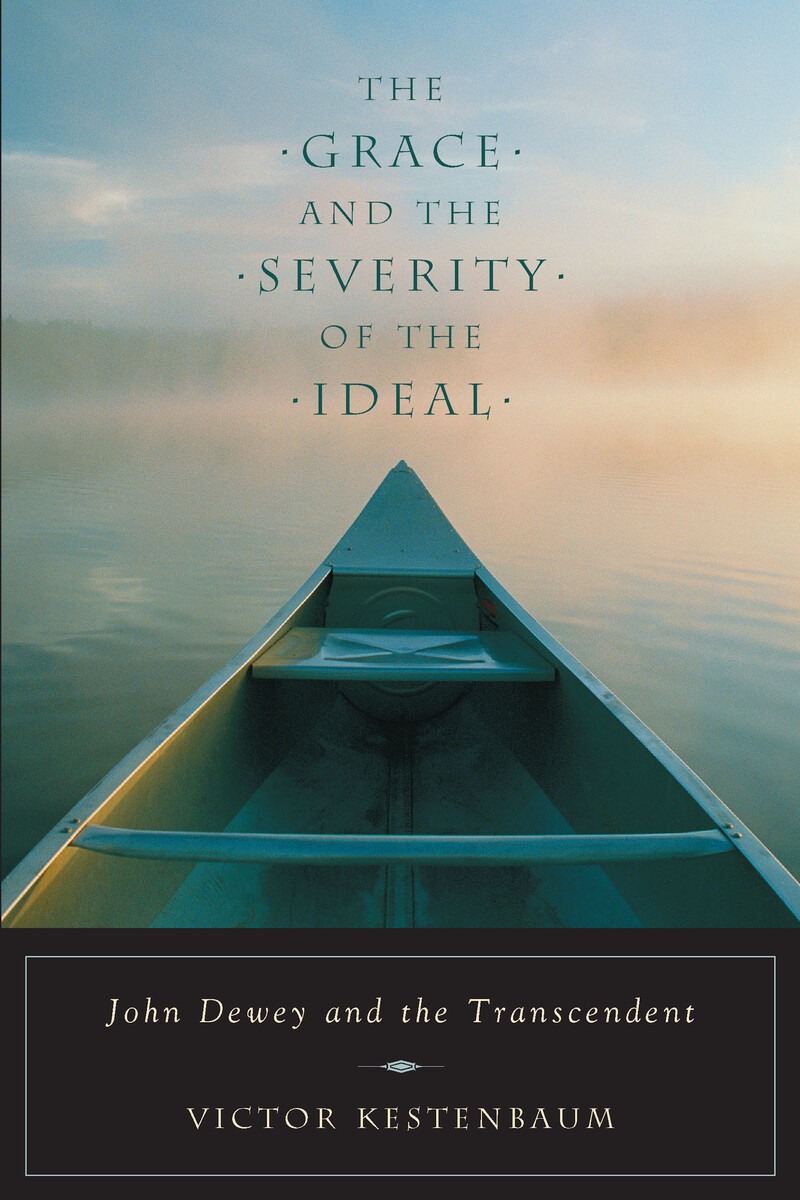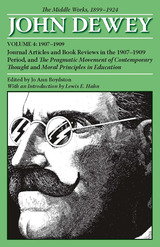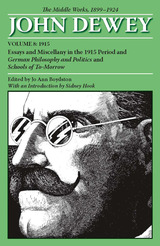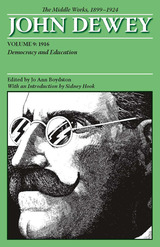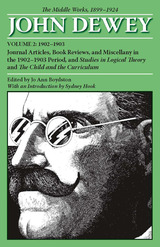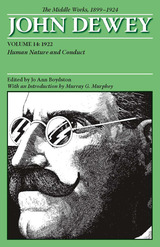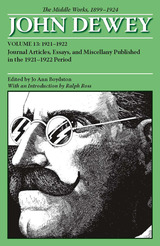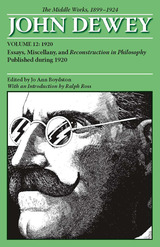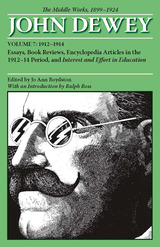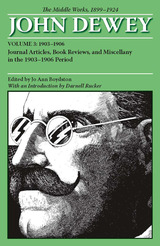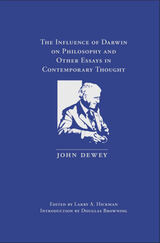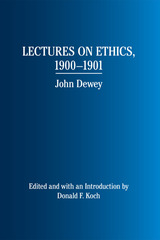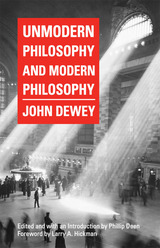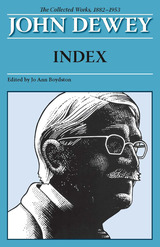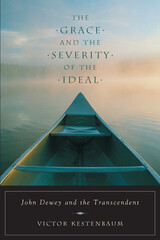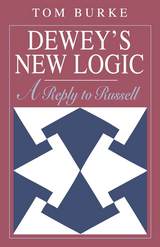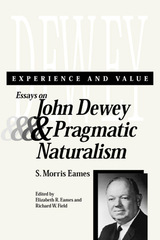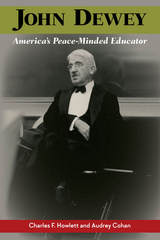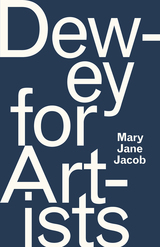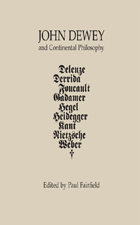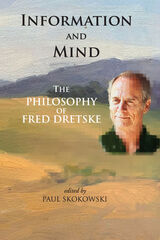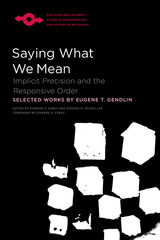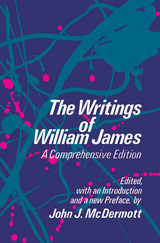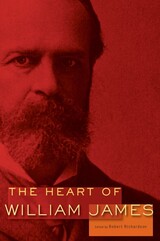The Grace and the Severity of the Ideal: John Dewey and the Transcendent
University of Chicago Press, 2002
Paper: 978-0-226-43216-8 | Cloth: 978-0-226-43215-1 | eISBN: 978-0-226-81800-9
Library of Congress Classification B945.D44.K46 2002
Dewey Decimal Classification 191
Paper: 978-0-226-43216-8 | Cloth: 978-0-226-43215-1 | eISBN: 978-0-226-81800-9
Library of Congress Classification B945.D44.K46 2002
Dewey Decimal Classification 191
ABOUT THIS BOOK | AUTHOR BIOGRAPHY | REVIEWS | TOC | REQUEST ACCESSIBLE FILE
ABOUT THIS BOOK
In this highly original book, Victor Kestenbaum calls into question the oft-repeated assumption that John Dewey's pragmatism has no place for the transcendent. Kestenbaum demonstrates that, far from ignoring the transcendent ideal, Dewey's works—on education, ethics, art, and religion—are in fact shaped by the tension between the natural and the transcendent.
Kestenbaum argues that to Dewey, the pragmatic struggle for ideal meaning occurs at the frontier of the visible and the invisible, the tangible and the intangible. Penetrating analyses of Dewey's early and later writings, as well as comparisons with the works of Hans-Georg Gadamer, Michael Oakeshott, and Wallace Stevens, shed new light on why Dewey regarded the human being's relationship to the ideal as "the most far-reaching question" of philosophy. For Dewey, the pragmatic struggle for the good life required a willingness "to surrender the actual experienced good for a possible ideal good." Dewey's pragmatism helps us to understand the place of the transcendent ideal in a world of action and practice.
Kestenbaum argues that to Dewey, the pragmatic struggle for ideal meaning occurs at the frontier of the visible and the invisible, the tangible and the intangible. Penetrating analyses of Dewey's early and later writings, as well as comparisons with the works of Hans-Georg Gadamer, Michael Oakeshott, and Wallace Stevens, shed new light on why Dewey regarded the human being's relationship to the ideal as "the most far-reaching question" of philosophy. For Dewey, the pragmatic struggle for the good life required a willingness "to surrender the actual experienced good for a possible ideal good." Dewey's pragmatism helps us to understand the place of the transcendent ideal in a world of action and practice.
See other books on: 1859-1952 | Dewey, John | Grace | Ideal | Idealism
See other titles from University of Chicago Press
